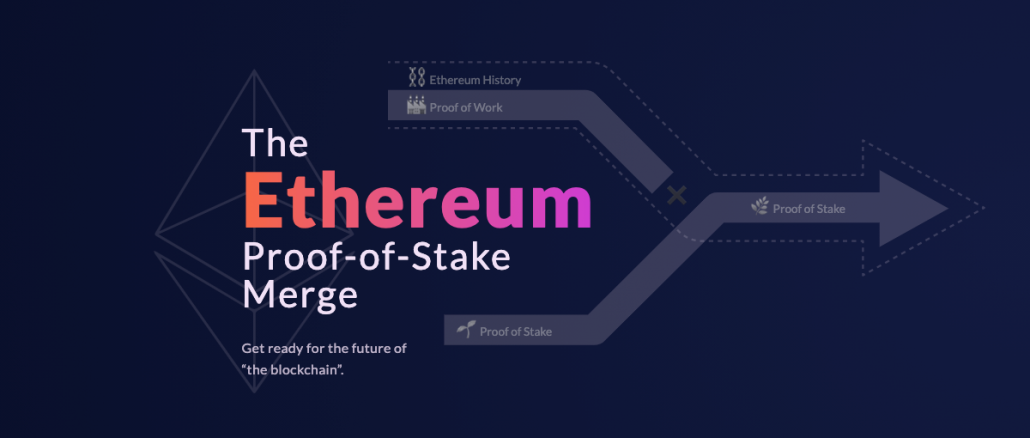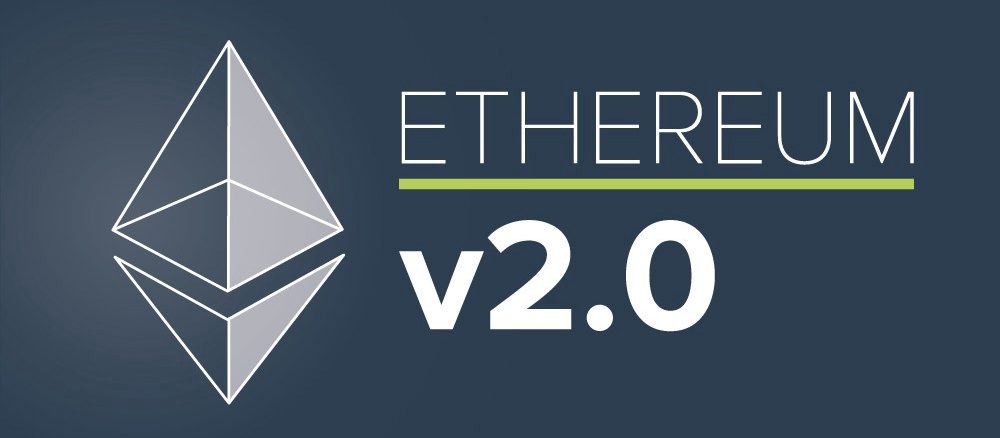
The merger of the PoW- and PoS-chains of Ethereum blocks, which will be a key point in the blockchain’s transition to the Proof-of-Stake (PoS) algorithm, has been postponed until the second half of 2022. This was announced by the cryptocurrency development team. At the same time, the transition of Ether to the new consensus algorithm is one of the most expected events for the crypto industry, as its planning and implementation stretched for years. We will tell you more about the situation.
As a reminder, the transition to Ethereum 2.0 involves the introduction of two fundamentally important innovations. We’re talking about the Proof-of-Stake consensus algorithm, which will replace mining with staking, as well as the implementation of the so-called sharding. The latter will increase blockchain throughput by at least 64 times.
It is important to note that key changes to the network were planned back in 2021. Accordingly, the developers of Ethereum are no longer able to meet the predetermined deadlines.
When will they launch Ethereum 2.0?

Here’s a quote from Ethereum Foundation developer Tim Beiko, in which he described what’s happening.
“The launch of Ethereum 2.0 will not be in June, but most likely in a few months. There’s no exact date yet, but we’re definitely in the final stages of Ethereum on Proof-of-Work.”
As we noted, Ethereum now runs on the Proof-of-Work consensus algorithm, which involves confirmation of transactions by miners with video cards. In the new version of the blockchain, their role will be taken over by validators, who will guarantee their good intentions by blocking coins in the cryptocurrency network. In this way, the network will become more energy efficient, that is, it will consume less electricity.
In addition, earlier Beiko recommended that cryptocurrency enthusiasts no longer invest in crypto farms to mine Ethereum. Still, the transition to Proof-of-Stake will lead to the complete cessation of mining in its current form, that is, with the help of video cards. Instead, validators will support the network. To assume this role, the user must “put” at least 32 ETH into the Ethereum 2.0 smart deposit contract.
However, it is possible to invest less. Now there are quite a few platforms that allow you to invest a different amount of coins and receive payments proportional to your contribution, that is essentially creating a pool for users’ coins. The most popular of them is Lido, through which more than 6 million ETH were invested.
In this case, the total amount of funds blocked in the deposit contract at the moment reaches the equivalent of 35.5 billion dollars.
Recall that the 2Miners pool allows mining ETH on the Proof-of-Work algorithm. Today there are more than 165 thousand miners in the pool, 126 thousand of them are mining ETH. Such popularity is due to its high profitability, but also to the opportunity to convert received ETH to BTCs.
Conclusion
Developers do have a chance to merge the two blockchains in 2022. Firstly, they have identified this task as the most promising one a long time ago, so they will do their best to achieve it. Second, the developers are already behind schedule, so another delay could raise questions from investors. However, so far PoW mining is working perfectly and brings a good income.
By the way, after PoW-mining of Ethereum will be impossible, the number of people who want to mine Ethereum Classic will obviously increase. After all, it is quite a popular and stable coin, which is mined using the same equipment as Ethereum.

Be the first to comment